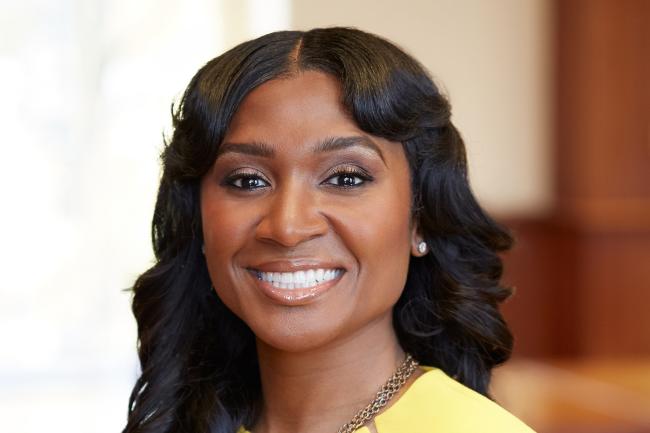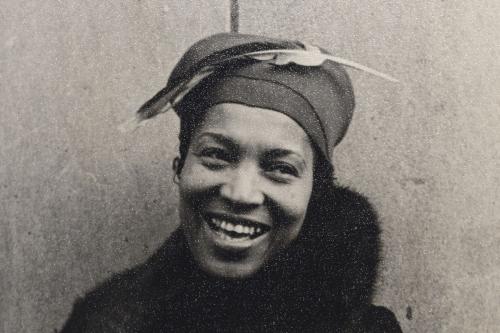Q&A with Tashni-Ann Dubroy, Ph.D.
Tashni-Ann Dubroy, Ph.D., is the executive vice president and chief operating officer at Howard. Of relevance to this institutional highlight, her operations portfolio includes environmental sustainability, facilities management and environmental health and safety. Her oversight promotes cross-functional and collaborative operability at Howard.
Q: What is your role with campus sustainability?
A: I work with an eclectic mix of our University’s stakeholders to ensure we are meeting the sustainability goals in the Howard Forward strategic plan. Key objectives speak to reducing our carbon footprint and introducing sustainable solutions for energy consumption and conservation. With a campus as large as ours, and the number of operational factors we have to consider within these objectives, we are executing a focused sustainability strategy that allows us to meet our environmental goals while promoting business efficiency and effectiveness.
As the chief operating officer, my view has to be global. I am most engaged in the big picture view of our sustainability response, and how it fits within the District’s plan and the University’s ethos. I am also fully aware that we must align with what people care about. Our community wants to see their contribution in our activities and our strategy. The steam plant modernization is our single most impactful contribution to long term sustainability at Howard and in the District, but we can’t neglect the power of everyday, human contributions - there is a positive longitudinal impact of planting a tree or creating a culture where we turn off the lights when they aren’t in use. The collective helps us to reach further, faster all the while exhibiting the attributes of a good citizen of our neighborhood.
Q: Why is sustainability important to Howard?
A: Howard is one of the largest employers in the city, and we have an inherent responsibility to make the campus a major player in improving the environmental outcomes of our surrounding community. We are completely aware of the shift in diversity of our neighborhood, which is defined by race and ethnicity, income, culture, and politics. We are an anchor institution for many businesses and services along the Georgia Avenue corridor. When we look at sustainability and the environment through these lenses, we know that one of our roles as a campus is to be a good neighbor, especially when we think about our contributions to big issues in transportation, economics and residential density. But we also consider other vital environmental factors like noise control, community policing, and public safety. Comfort and safety are essential parts of what makes a community livable, and we are acutely aware of the role we play in our ever-evolving city.
Q: What makes you most proud to see on campus?
A: It is fulfilling to see students generate awareness and support for underserved groups in our communities, and to contextualize this advocacy on a global scale. Our students think about making lives better for everyone. It shows in the outcomes of their work. I’ve been extremely proud of their engagement in the vaccination clinic that was erected as a public health resource during the pandemic.
What is most impressive about our students, and I think that this is a major reason why Howard can claim thousands of alumni worldwide who are global leaders in nearly every industry, is that even as undergraduates they consider the responsibility of institutions like the university, or the municipal government, local businesses and organizations in making life better. They want to improve the quality of economics and environment, governance and culture to ensure that all people can benefit, and no one is overlooked. Their conscious focus makes this campus unlike any other you would find anywhere else in the world.





